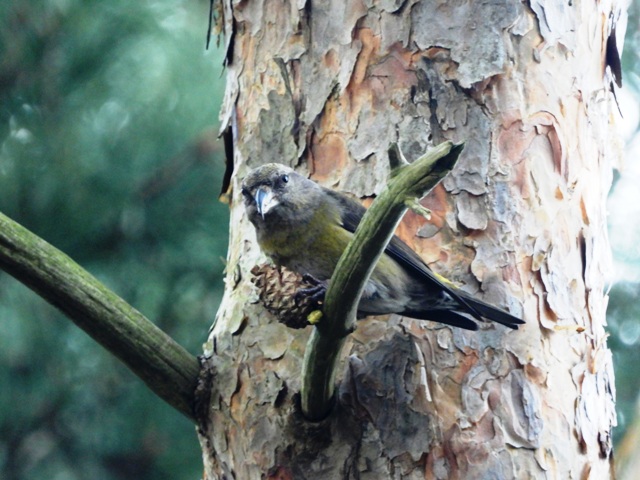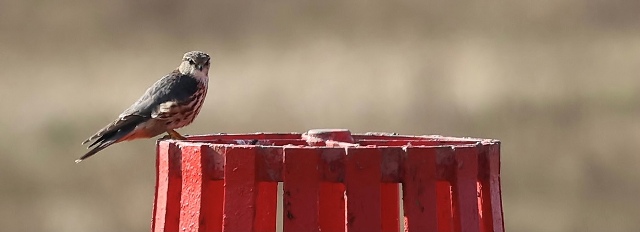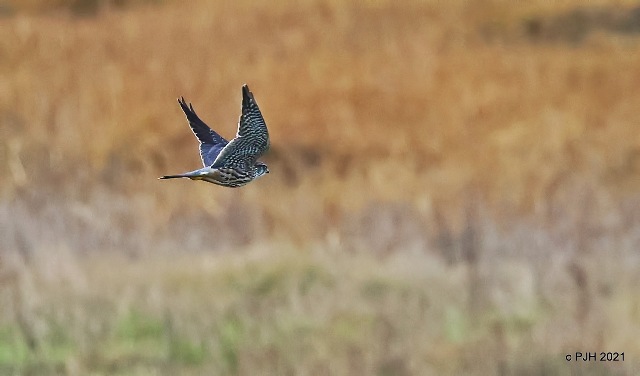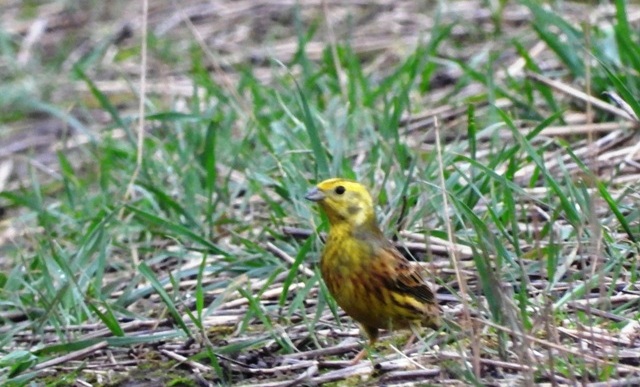Hugh’s News – 14 March 2021
Welcome to the next edition of Hugh’s News – guaranteed to be Megxit and Covid free!
As expected at this time of year, migrants are starting to pass through our region in increasing numbers, with some moving on further north, maybe after a brief stop-over to feed up; and others staying here on Wirral to (hopefully) breed.
At the same time, winter visitors are beginning to leave us for their breeding grounds. The Pink-feet Geese that entertain us with their daily fly-overs are reducing in numbers daily.
Graham Jones (RSPB BMW) has reported that one of the male Hen Harriers that has wintered on the Dee has a white colour ring with black lettering. It turns out that it’s a Dutch bird that was ringed on the nest on the island of Texel in May 2019. It shows what a draw the Dee is for birds. We wish it a safe journey back to the Netherlands.
Another species soon to be leaving us is the Merlin. Peter Ham visited the Riverbank Road car park which gives a great elevated view across the marsh, and noticed this smart male bird initially perched close in, and then managed a lovely flight shot as it moved off. This bird will soon be heading for the uplands somewhere to start breeding.
Yellowhammers were relatively easy to see along the hedgerows of Wirral just a few years ago. Sadly their numbers have reduced in recent years, as have many farmland bird species. A few are still clinging on around Thornton Hough though, and Bill Wonderley found this bright male bird there. Someone has been scattering seed down, presumably for the Yellowhammers in particular although other birds will take advantage! A lack of winter food is thought to be one of the main factors affecting this species, as farmers often plough the autumn stubble now in order to sow winter cereals.
Related to the ringed harrier story above, Debra Williams has drawn our attention to an interesting article that she was invited to write for the February 2021 issue of the Hen Harrier Action newsletter, about Hen Harriers on the Dee estuary. It’s downloadable as a PDF at: https://henharrierday.uk/news
Debra also filmed four Jays flying over her Liverpool allotment on 8th March, making ‘wink wink’ Pink-footed Geese calls. It is not well known but Jays, members of the intelligent crow family, can mimic birds, animals and even humans. You can watch her video at: https://twitter.com/i/status/1368911991901929480 (We think you should be able to watch it even if you do not have Twitter).
She also had great views of a female Sparrowhawk kill (a collared dove) in the road on 5th March. You can watch it at: https://twitter.com/i/status/1367838856498839557 Again, we don’t think you need to have Twitter WARNING – this is slightly graphic, but it depicts true nature. These were captured on a phone camera but are still fascinating to see. They just go to show how we can still enjoy nature even close to a city centre.
Hugh Stewart



